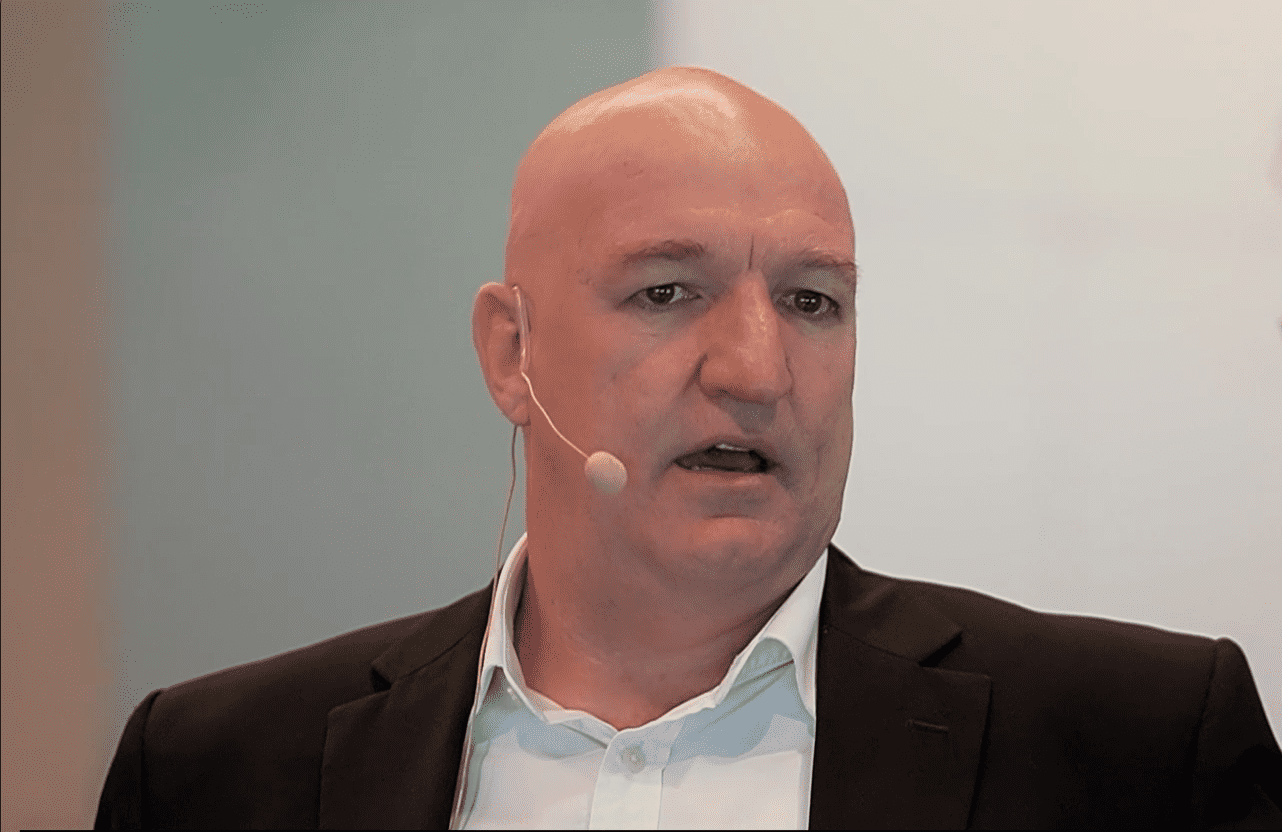Over the last couple of years I've written many times about how companies in the enterprise (business) facing software sector are delivering the strongest returns for share market investors.
In Australia three out of the five stocks trading under the high-flying WAAAX acronym are pure enterprise-facing software businesses in WiseTech Global Ltd (ASX: WTC), Altium Limited (ASX: ALU) and Xero Limited (ASX: XRO).
While others now generating a lot of media and investor attention like Pro Medicus Limited (ASX: PME) and Nearmap Ltd (ASX: NEA) have made the recent returns of the WAAAX shares look pathetic. Just this morning Pro Medicus announced a new $14 million 7-year contract with Duke Hospitals in the U.S and it remains a stock to own in my opinion.
In the U.S. it's also the enterprise (rather than consumer) facing software companies that are going gangbusters in terms of valuation.
Examples include Splunk, Twilio, Workday, Salesforce and Okta among many others.
So what's driving all this?
First up is the attractive economics of these businesses.
As software-as-a-service (SaaS) companies they sell their products on a subscription basis to enterprise clients who pay on a recurring monthly or annual basis for example.
This is advantageous for many reasons including the fact that once you have signed up a client your revenue stream is potentially indefinite if you have a market-leading software product.
For example Cochlear Ltd (ASX: COH) is widely regarded as one of the best businesses on the S&P/ ASX200 (ASX: XJO).
However, if it sells 10,000 hearing aids in fiscal 2019 it has to sell another 10,001 to new patients in fiscal 2020 just to get back to get ahead in terms of fiscal year revenue growth assuming the same selling price. It also has to repeatedly take on the cost of goods sold or considerable manufacturing costs for every hearing device sold in addition to research and development costs.
Compare this to a business like US$11.3 billion cyber security cloud-based software platform provider Okta that reports it is signing up large business clients paying over US$100,000 subscriptions a year at a rate of knots.
And it's only just getting going with every new customer being piled up on the prior years' customers who hopefully remain subscribers.
Therefore in the online SaaS space once Okta has signed a large client future revenues are likely to be on very high profit margins as a subscriber requires little support going forward, other than being provided software updates that are provided on a low-cost basis over the internet.
The updates to software can also be applied relatively easily across all clients and allow the best SaaS businesses to maintain competitive advantages by innovating and building new products that offer important up-selling opportunities.
So if you can find a SaaS business with strong customer retention rates and a good track record of new product development that provides pricing power (i.e. ability to lift subscription prices without losing subscribers) you are potentially onto a huge compound growth winner.
So what's the downside?
However, it's no secret anymore and critics claim many of these businesses are outrageously overvalued in posting losses while trading on multiples of around 20x forecast sales in WiseTech's case.
In March 2019, Okta for example forecast a ballooning Non-GAAP operating loss up to US$69 million in its FY 2020, but investors shrugged the news off to send the stock up around another 25% since the announcement probably on the back of its growing success in signing-up large enterprise clients.
However, it's clear investors in these richly valued businesses face huge losses if their top line growth rates significantly decelerate as the thesis is that eventually the pace of top-line growth and compounding effects of SaaS will translate into growing profitability.
Competition and technological change are other serious risks as these kind of gross profit margins and top line growth rates are bound to attract cut-price competitors chasing profits. As such I'd suggest looking to the businesses with the widest moats usually via the complexity of the software provided.
Foolish takeaway
Underpinning all of this is the wider growth of the digital economy that is thumping the feeble growth of other sectors as more businesses shift operations online to create more demand for enterprise software services.
Still as we saw in the final quarter of 2018 investors may get an opportunity to buy into these growth stories at cheaper valuations if the U.S. Fed feels the need to revert to a rate hiking cycle as the growth on offer from other asset classes will become more attractive relative to the high risk of the forecast cash flows from enterprise tech stars not meeting forecasts.
Therefore the simplest strategy I'd recommend to anyone looking to buy into these growth stories is to 'dollar cost average', or buy a small parcel of shares at first then wait say 3 to 12 months or more before buying more shares to spread the risk of overpaying.








